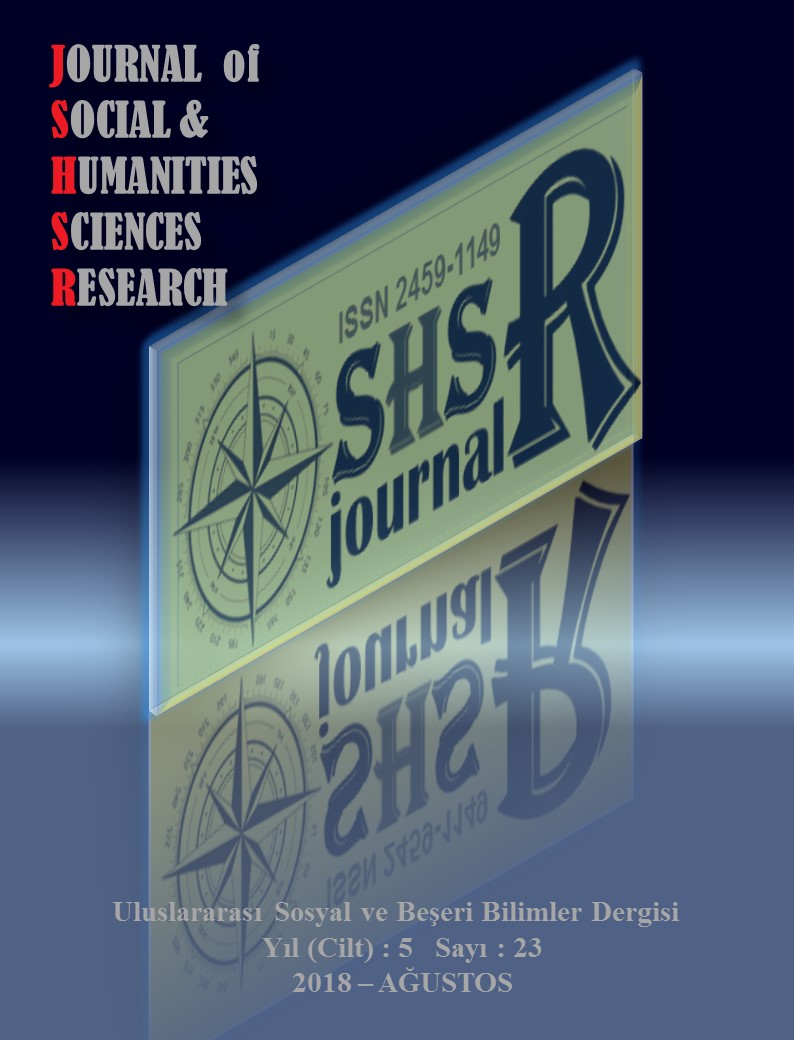KONYA SAHIP ATA HANKAH TILES
DOI:
https://doi.org/10.26450/jshsr.475Keywords:
Turkish Art, Architecture, Tile, HexagonAbstract
The city of Konya which has been the capital of the Anatolian Seljuk state, is at the forefront with artifacts that it has delivered daily. The Sahip Ata Külliyesi is one of the important monuments that have reached daily with the architectural works and the works they have inside. We did not investigate whether we started by giving general information about Sahip Ata Külliyesi and Hankah Section and continued by examining the hexagonal tiles displayed in the hankah section of the Külliye. The repairs, techniques and applied motives of these tribes have been examined. In Hankah there are also tiles with techniques and forms other than those of hexagonal plate. However, in order to limit the subject and examine it in detail, the hexagonal shaped is considered. It was understood that the Hankah's architectural surface and the exhibited hexagonal belonged to the Seljuk, Ottoman and beylık architectural structures. In addition to research the tıles, the symbolic meaning and definition of the hexagonal form has been included
Downloads
Published
How to Cite
Issue
Section
License
Copyright (c) 2018 INTERNATIONAL JOURNAL OF SOCIAL HUMANITIES SCIENCES RESEARCH

This work is licensed under a Creative Commons Attribution 4.0 International License.


